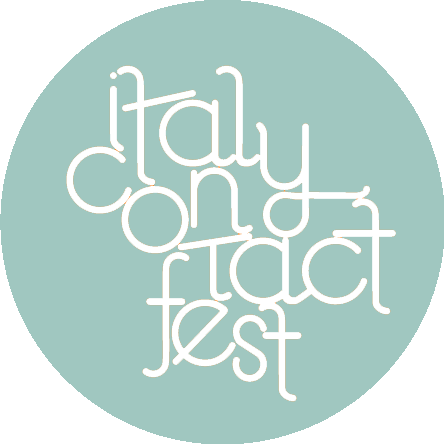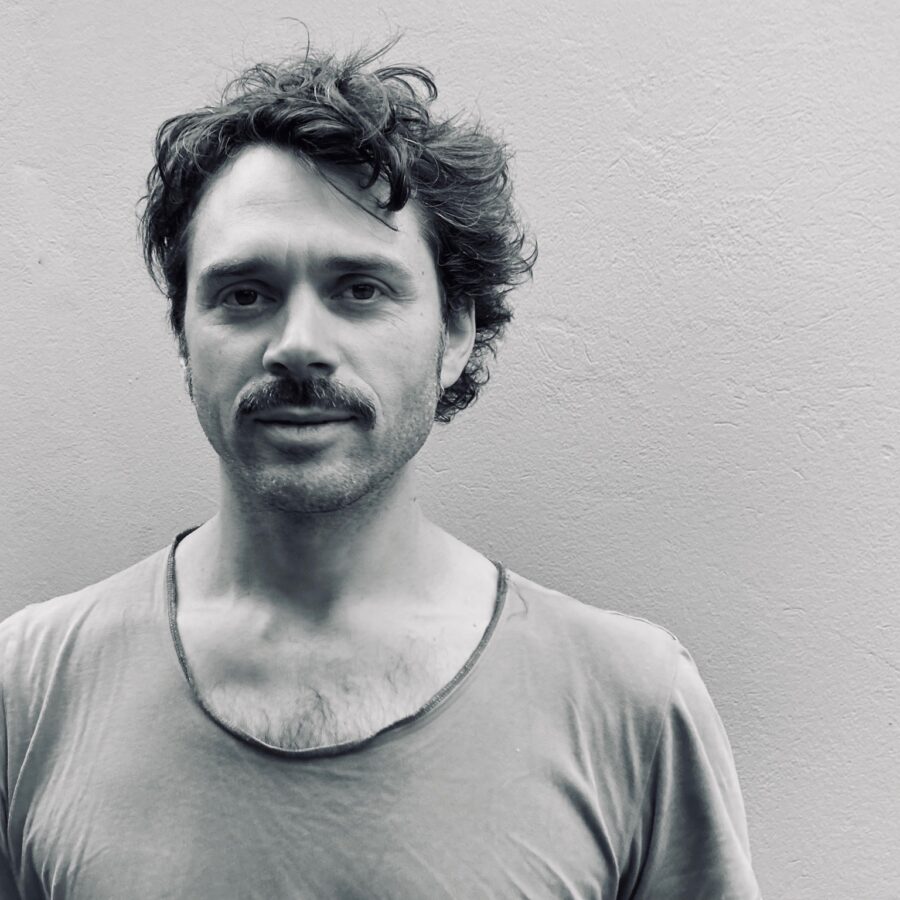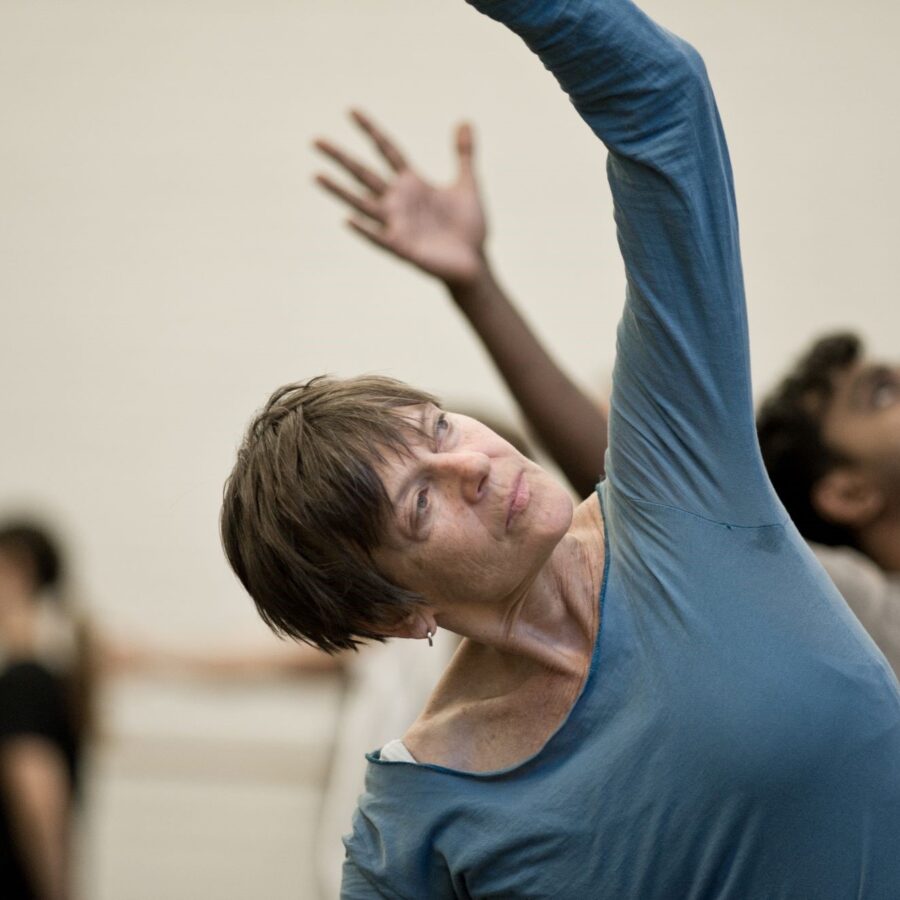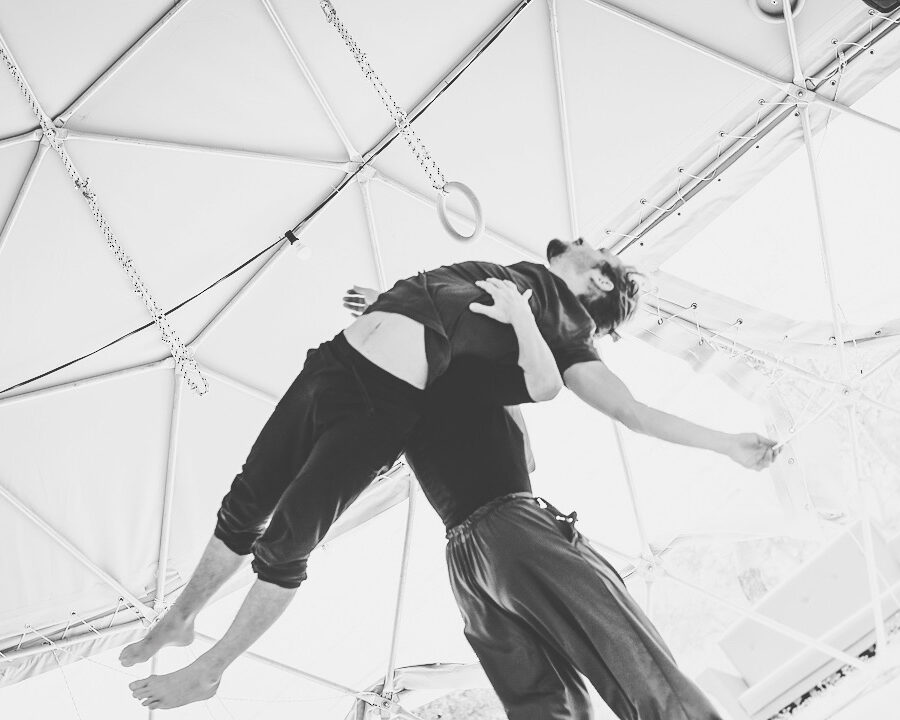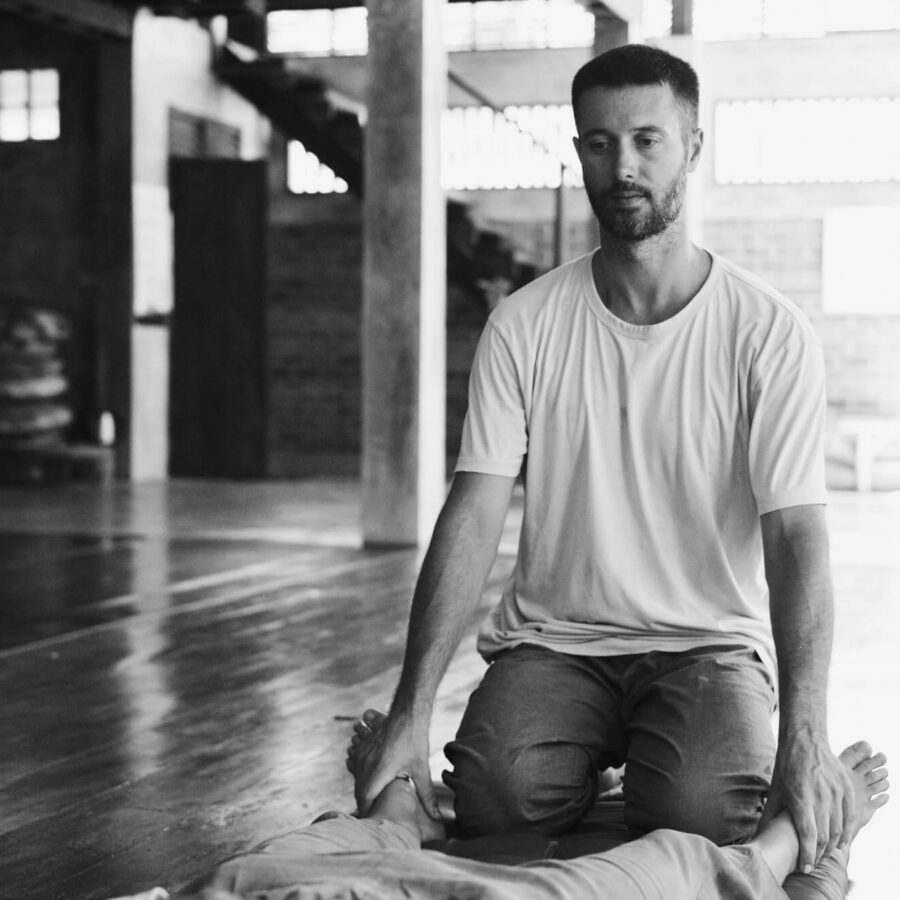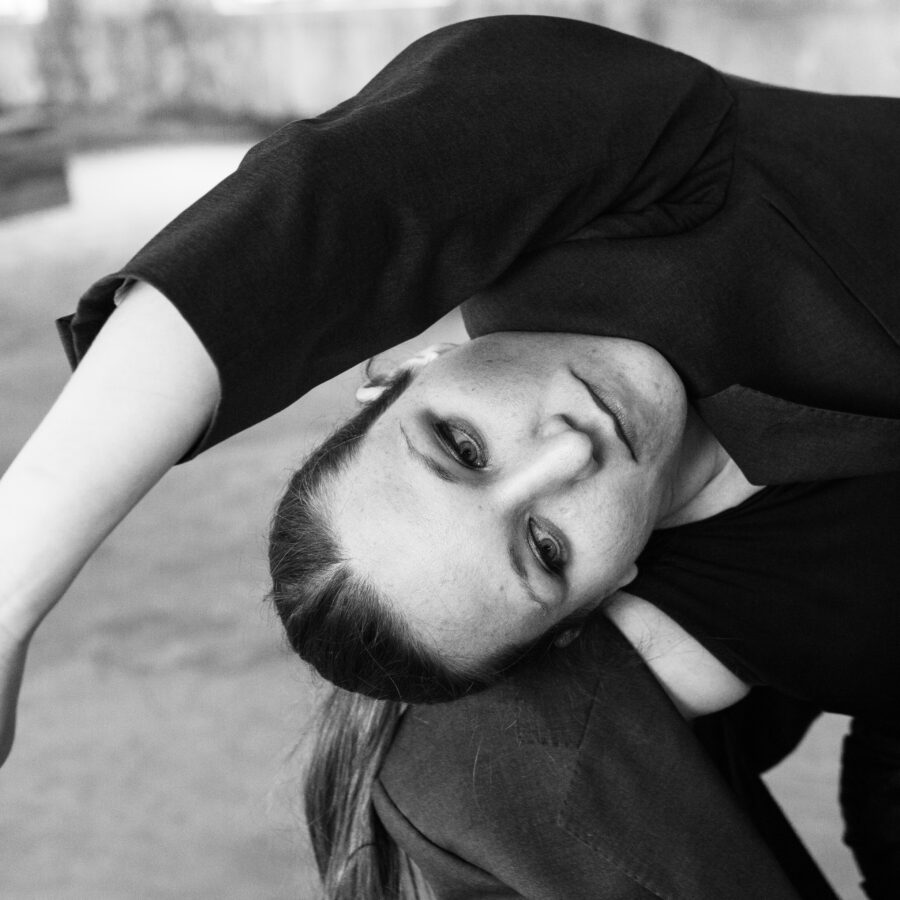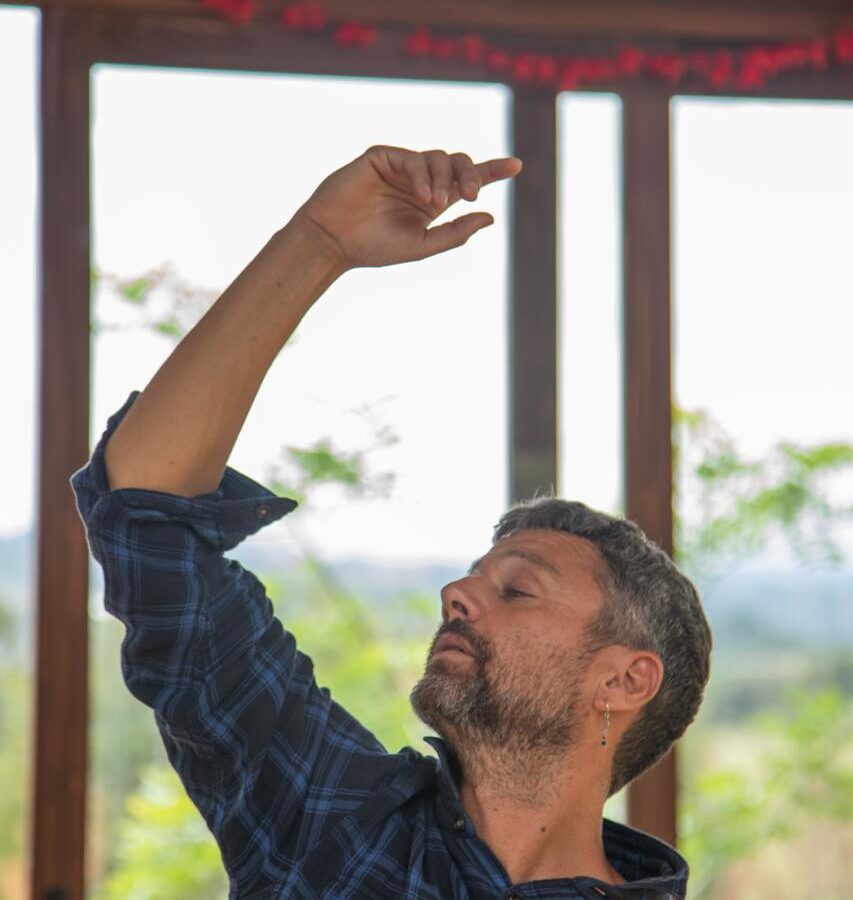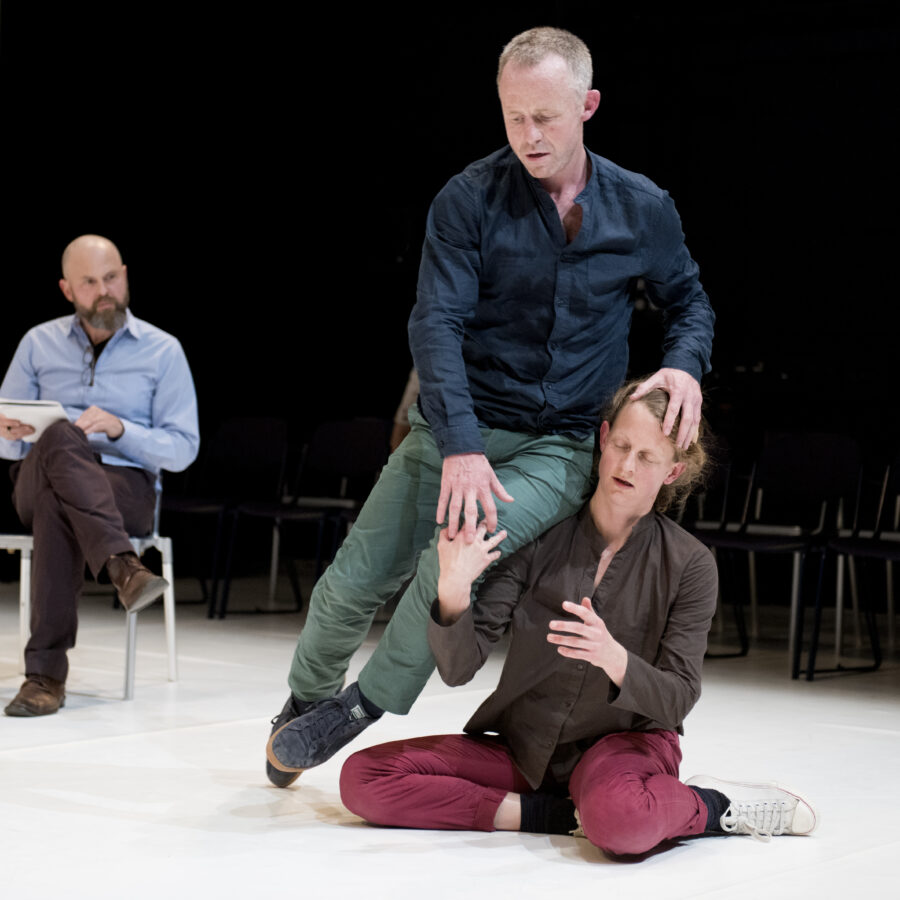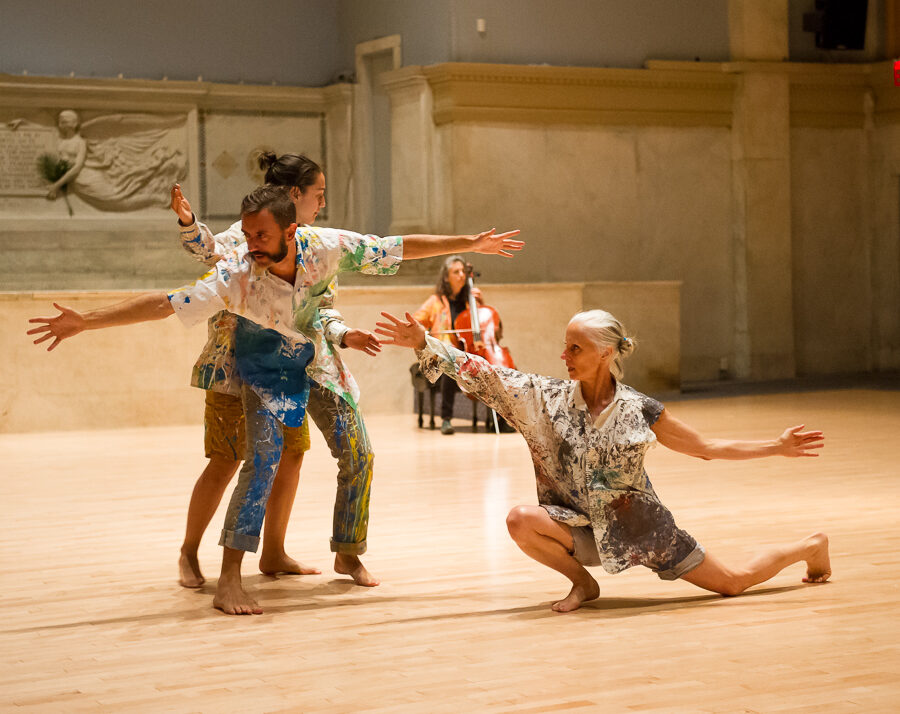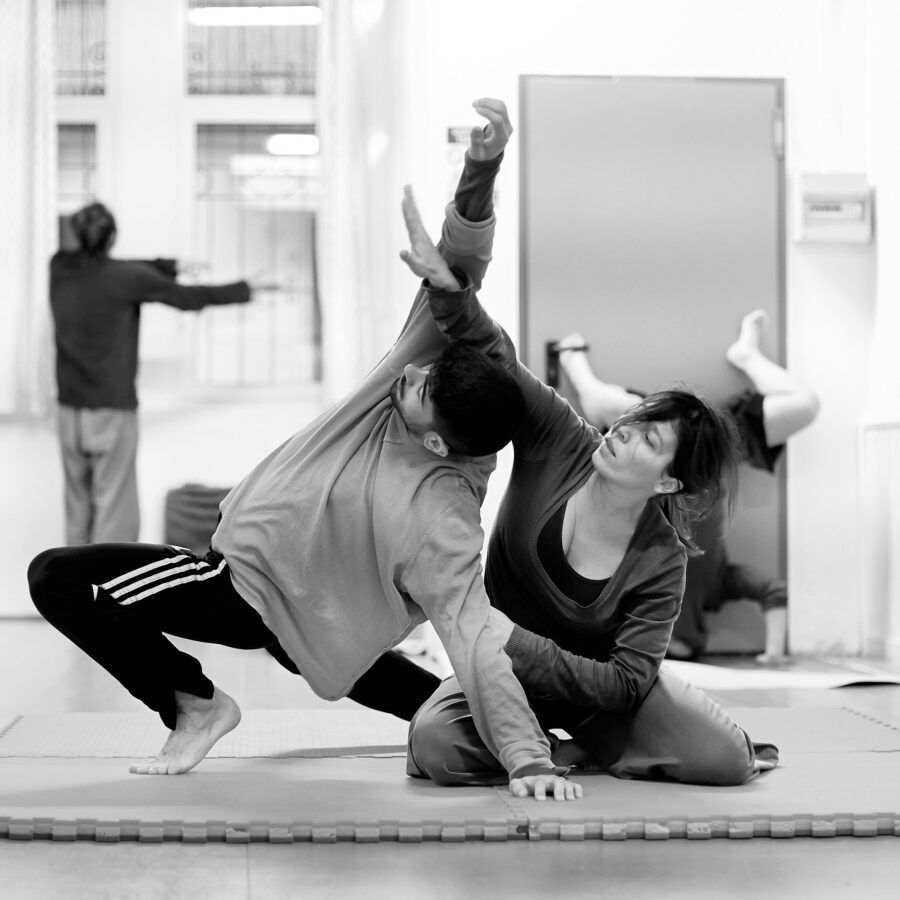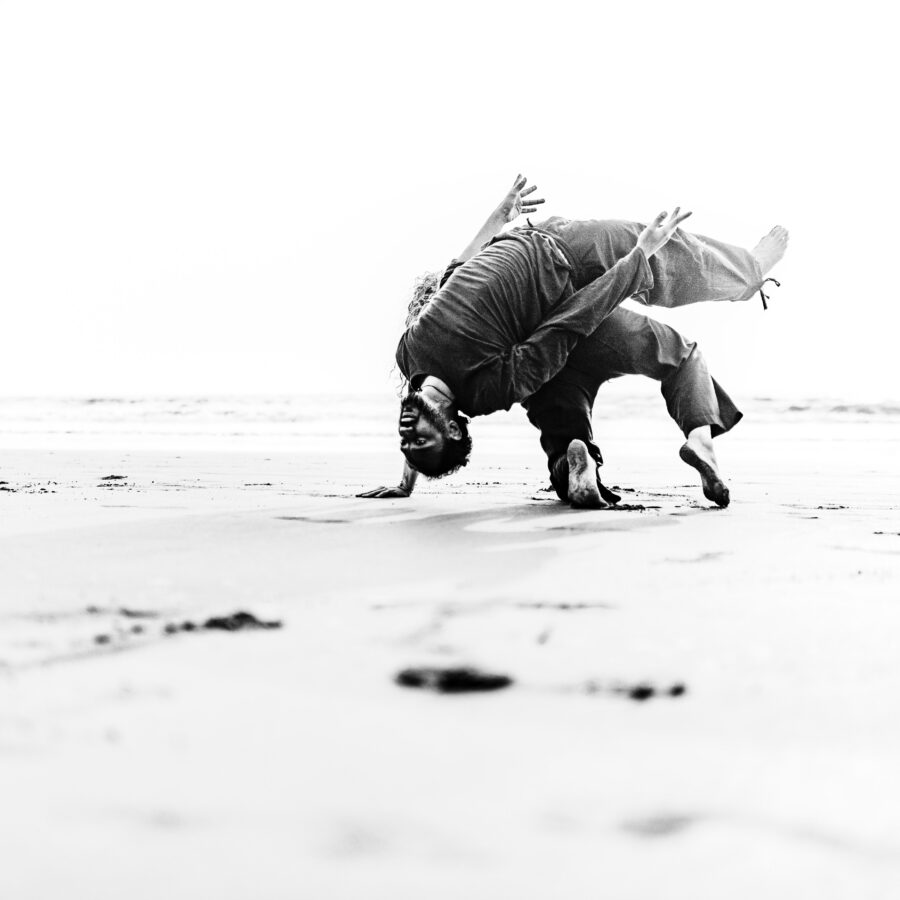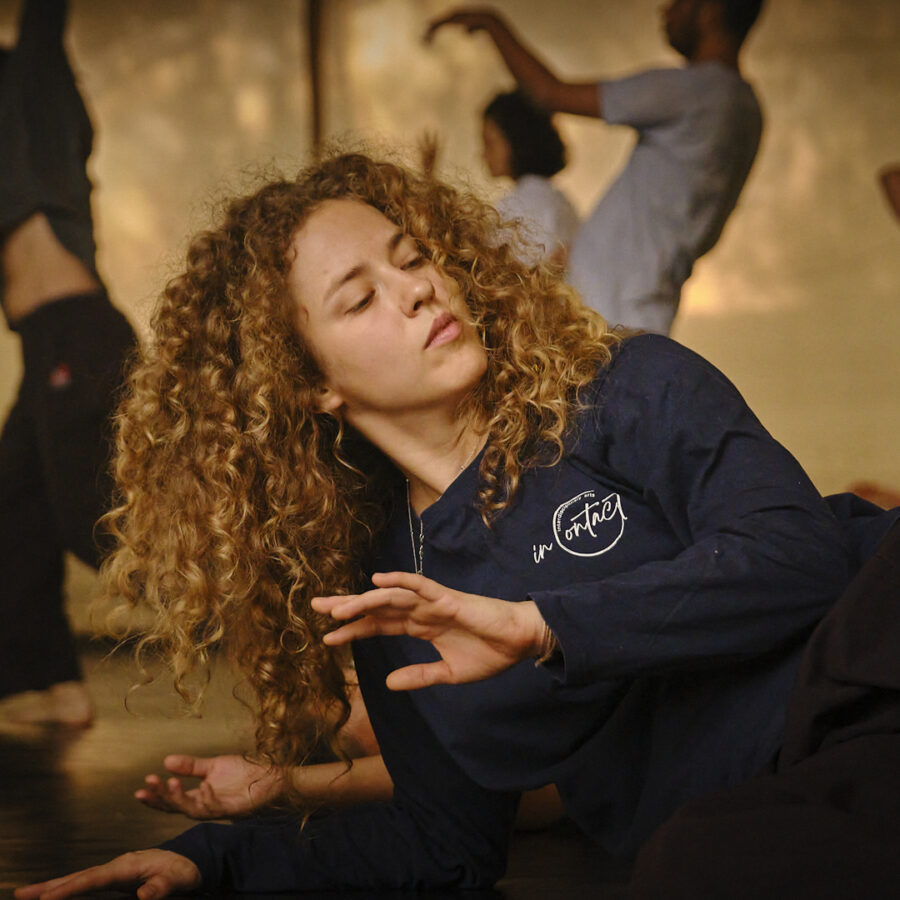Antoine Ragot (FR)
Intensive
"Open arms" exploring potential for connection in C.I.
Highly perceptive and deeply communicative, our arms and hands will guide us into a three-dimensional, interactive, and dynamic contact-improvisation journey.Antoine will invite you to participate in a collaborative and immersive dance environment, enriched by somatic experiences, guided practices, and improvisational scores. Together, we will create a space where movement research and experiential anatomy merge, offering a deeper understanding of the body in motion. Together we will dive in the myofascial connections of the arms into the torso and abdomen, uncovering intricate coordinative patterns.
This workshop is open to dancers of all levels, including those new to contact improvisation.
It is an opportunity to engage with other humans in a spirit of curiosity and joy, to (re)discover and challenge ourselves, and to develop precision and confidence in the quality of weight sharing. And who knows? You might even find yourself momentarily taking a flight!
Ka Rustler (GER)
Intensive
Dancing Pathways_ Connecting Body, Mind & Space
From our very beginning, our cells and our nervous system are in constant communication, forming the foundation of how we move and respond to the world.
This workshop invites you to explore and deepen your understanding of the nervous pathways, their connection to our neurotransmitters and the continuous dialogue between perception and sensation.
Through the lens of Contact Improvisation, we will explore our neural pathways, fostering a state of readiness for movement and choice-making. We will delve into the interplay between internal and external environments, shaping and being shaped through movement and spatial dynamics. This practice sharpens reflexes and senses, cultivating an attuned awareness essential to the improvisational process. We will focus on quietening ourselves through specific tissues and somatic networks listening deeply to the dance that arises within ourselves, our partners and the group creating a safe, nurturing space where each participant feels truly seen, heard, and supported.
Drawing from my personal research and distinctive, practical methods of developing material, I integrate principles of Body-Mind Centering® and other somatic methods with Contact Improvisation. This approach connects creative and structural practices, hands –on work, solo and reflection time inviting new physical terrains. Together, we will expand our dynamic imagery and uncover the beauty of expression in our emotional and physical states.
Dancing along these evolving pathways nurtures creativity, clarity and intuition, enriching the interplay between body, mind and space. Here, the body becomes minded and the mind embodied.
Hugh Stanier
Classes
Somatic Contact: Listening to the Dance.
We will take our time to slow down, and from this space tune in to the subtle nuances that allow for clearer & deeper communication within the dance. The gentle sliding of fascia that indicates direction of movement, tuning to a partners’ breath to ‘hear’ their intention, and waiting in stillness together to allow the dance to arise from your shared connection. These are a few of the ideas and principles we will explore in thr sessions. Establishing a space of patience & allowing which gives trust to ourselves, our dancing partners and feeling more fully the nature of improvisation in connection. This can lead to more intensely physical dancing with a high level of attunement.
NiKola Jankovic (SRB)
Morning Classes
Cultivating Wholeness - Feldenkrais Awareness Through Movement
Welcome to the morning tune-in Feldenkrais Method session designed to awaken your being and prepare you to flow through your day with more ease.
We will explore gentle yet powerful movements that connect the body from head to toe, nurturing a deep sense of integration and wholeness.
Francesca Cervellino (IT)
Morning Classes
Qi gong /Taijiquan
Classes will be an opportunity to approach the Traditional principles of the Chinese internal martial arts. Through static and dynamic practices we will come into contact with our breath, Qi, the vital breath, to increase and make our vital energy flow freely in the energy channels of the whole body.
Qi Gong, formerly called Yang Sheng Fa, a method for nourishing life, is a body practice based on the integration of movement, meditation, breathing and feeling. Its main purpose is the maintenance of health and achievement of longevity. But, Qi Gong is also the basis of all Chinese internal martial arts since it improves coordination, grounding, endurance and it has a calming effect on the nervous system. We will also investigate the fundamentals of Taijiquan through sequences in the space, contact work in pairs and the study of martial traditional forms to improve proprioception, the quality of touch and the mental attention/intention.
Jonathan Brussolo (ARG/MEX)
Classes
"Nobody knows what a body can do"
Taking this phrase from Espinoza and his idea about the body as an unlimited power.
I am interested in sharing research from different somatic approaches and in relation to Contact Improvisation.
Exploring the qualities of sensations that are awakened by mobilizing specific structures and understanding the anatomical connections that occur during movement and dance.
The body has a system of self-regulation and organization which can be a power for dance.
Letting the body do what it knows better than trying to force it in any direction, relying on its own inherent intelligence.
What I move and feel awakens.
What I feel in my body becomes present.
Dance as a state of presence from the individual to the relational.
